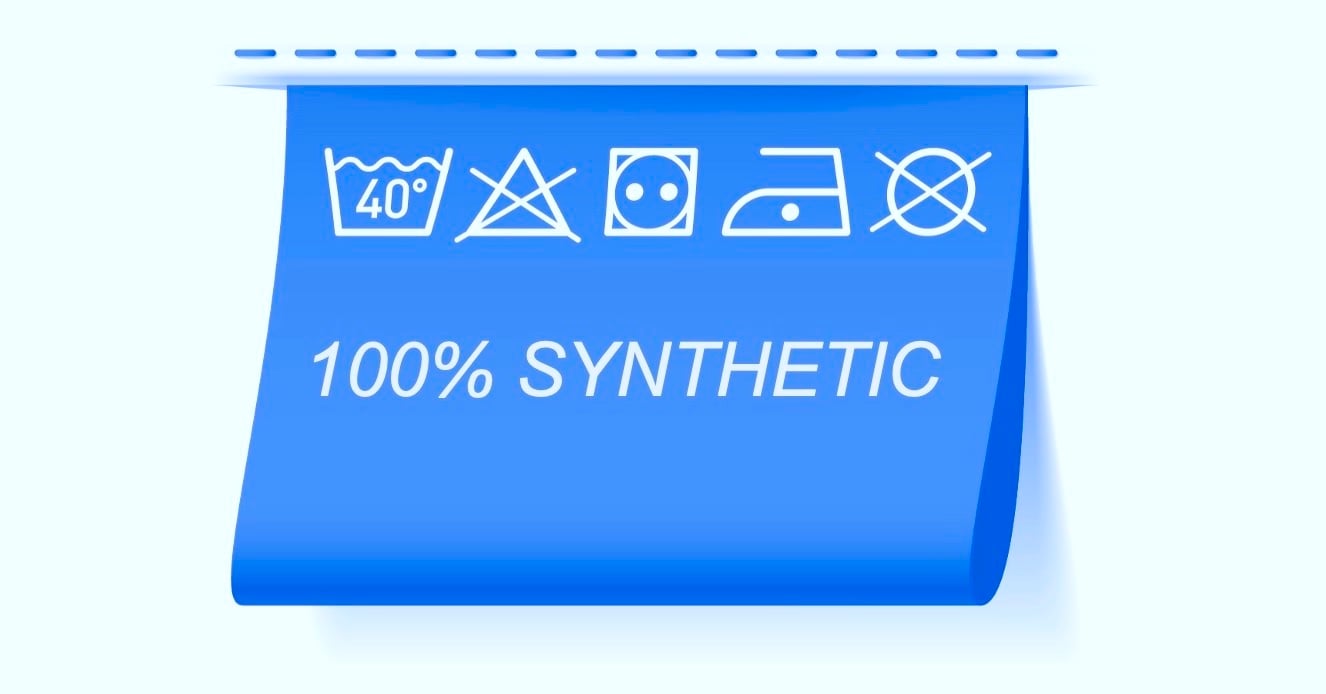Learn the value of synthetic data creation, and what key features to look for when evaluating the different solutions currently available on the market.
Synthetic Data Creation is Transforming DevOps
Synthetic test data is invaluable for the development and testing of applications. With the ability to generate fake data on-demand, testing and development teams can now achieve new levels of speed, scale, and efficiency.
And, as data privacy regulations increase in scope (and severity), synthetic test data generation reduces non-compliance risk associated with regulations like GDPR and CPRA, without slowing down business.
With more enterprises concerned with how to create synthetic data, it’s important to understand what to look for in a synthetic data creation tool. Keep reading to find out.
What is Synthetic Data?
Synthetic data – also called dummy data, mock data, or fake data – is artificial data that has been generated by computer algorithms to mimic and augment production data. Although a synthetic dataset doesn’t represent real objects, people, or events, it can be statistically or mathematically realistic.
How Synthetic Data Creation Supports Test Data Management
For application testing teams, synthetic data generation can be used to speed up test data provisioning, augment production data sets when there isn’t enough data, replace personally identifying information (PII), or meet specific needs or conditions that aren’t available within existing production data.
Synthetic data generation tools support test data management by providing fast, reliable, and high-quality test data, while minimizing the constraints associated with using real-life, sensitive data.
For example, if you're working with real production data that contains PII, you must first mask the data before you test it. While data masking is a reliable way of protecting private information, a certain amount of risk always remains. Plus, it adds another step to preparing test data, when time is of the essence.
On the other hand, synthetic data creation allows you to generate realistic and representative data, in the format you need, without using sensitive data at all. Of course, there are advantages and disadvantages to using synthetic test data vs masked production data. But sometimes, defining the parameters for your synthetic data creation is actually easier than deriving rule-based test data from production datasets.
Synthetic Data Creation Features
There are various synthetic data creation tools available on the market today. Before making a final choice, make sure your selection includes these 8 key features:
-
Rules-based synthetic data creation
This method of synthetic test data creation fulfills a primary test data masking use case: augmenting existing test datasets when data is sparse. For example, if you need more customer data, you can synthetically create data to fill out, and add combinations and permutations to, the existing data. -
AI- and ML-based synthetic data creation
Unlike rules-based data creation, which relies on rules defined by people, generative AI synthetic data models are trained on real production data to replicate its structure as well as the information it contains. AI- and ML-based data creation produces synthetic entities on demand to enable speed and scalability. -
Emulation of distributed values in the real source data
Emulation allows you to filter data in order to accurately segment it. For example, synthetic data that allows you to emulate the distribution of values in the source data can tell you what percentage of your customers live in a particular city or zip code. -
Assurance of referential integrity
Synthetic data creation maintains relational integrity by using metadata, schemas, and rules to learn the relationships between data objects, and preserve data consistency wherever the information resides. -
Ability to create datasets where no source data for AI/ML model training exists
Even if there’s no source data available to train your AI/ML models, you'd still want the ability to create realistic test data. Sophisticated synthetic data creation can automatically generate lifelike data based on the required fields. -
Connection with all databases and automation pipelines
Your synthetic data generation tool must easily integrate with the databases you have in use, as well as your existing test automation and CI/CD tools. -
Self-service synthetic data creation
Self-service synthetic data creation lets testing teams provision data all by themselves, independent of a centralized system that few are able to operate. In the spirit of speed and agility, this is a decisive factor. -
GUI for synthetic data creation built into your test data management tools
Synthetic data creation is often packaged as a standalone solution at an additional cost. So, look for test data management tools with synthetic data generation functionality. This helps you avoid added costs and integration requirements (that compound over time).
Synthetic Data Creation by Business Entity
When synthetic data creation is based on business entities – customers, invoices, or payments – the generated data is complete and consistent, regardless of the number and type of systems the data has to be provisioned to.
Entity-based synthetic data generation makes use of a range of data generation methods (by themselves or together) to synthesize data.
- Generative AI relies on machine learning to create rich and realistic tabular data.
- Rule-based generation formulates data based on rules and the statistical distribution applied to the model.
- Data cloning replicates one entity (and all its data), but changes the identifying values in each clone.
- Data masking anonymizes production data at the entity level, causing the source entities to look like realistic synthetic data
Learn how K2view supports all synthetic data generation methods in a single synthetic data generation tool













